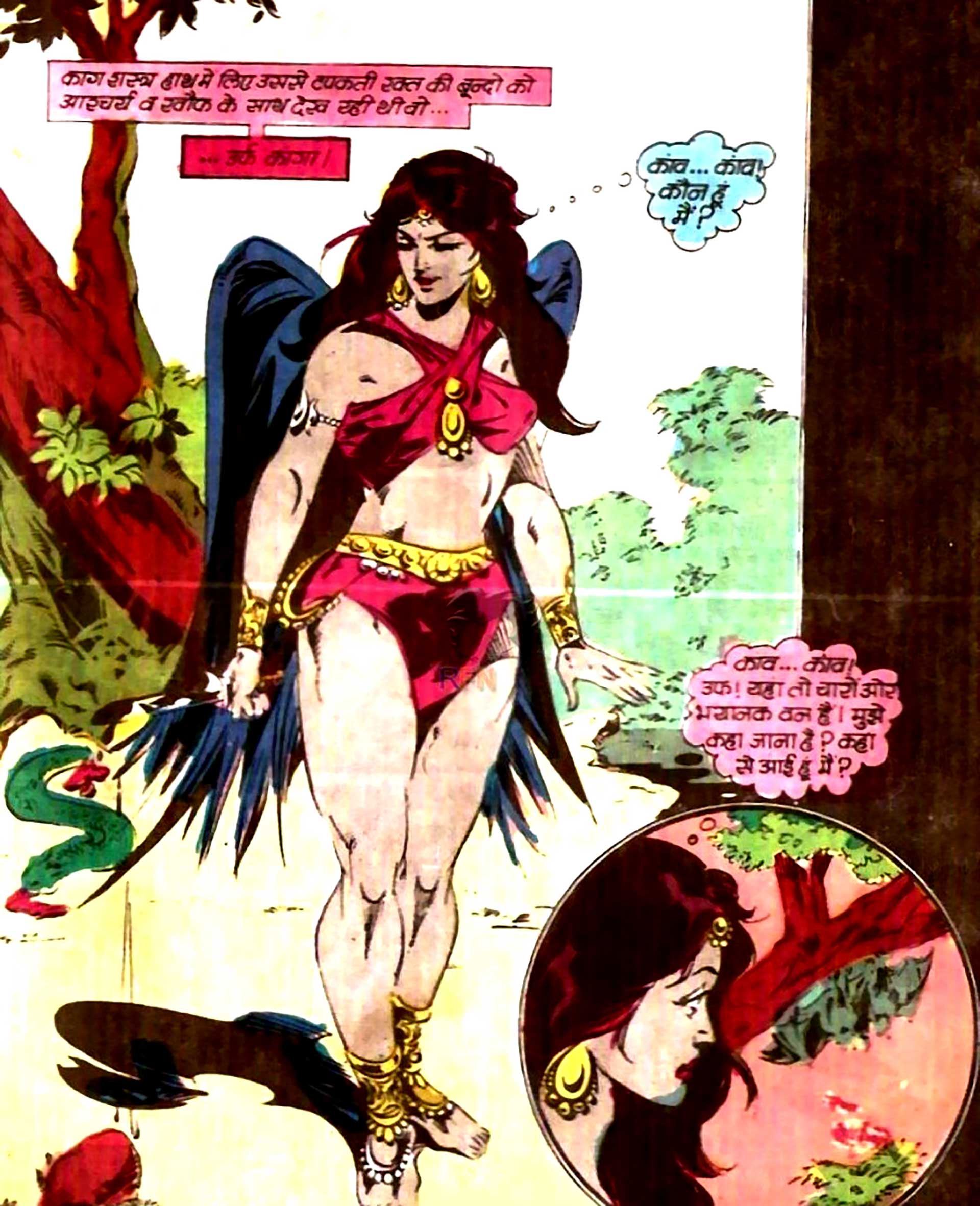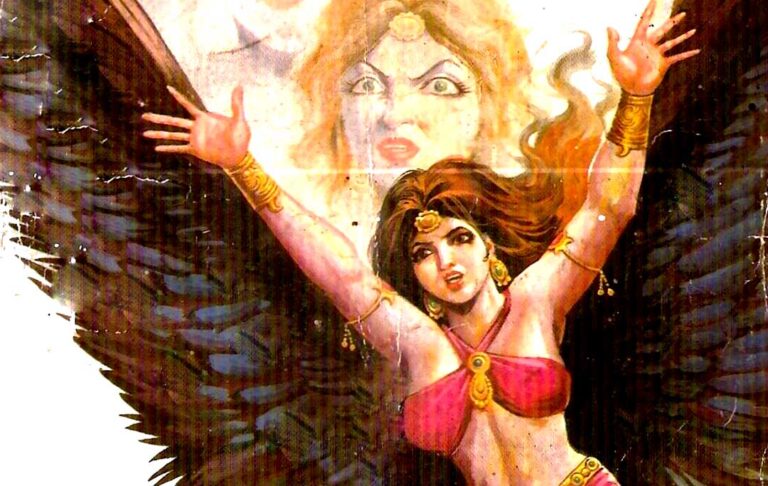When the Avengers movie came out, there was no consideration among the directors to bring one of its characters, Black Widow, into a solo film. This was because previous films featuring female characters in superhero roles hadn’t fared well, whether it was Pamela Anderson playing Barb Wire in 1996, Halle Berry as Catwoman, or Jennifer Garner as Elektra. All these films were rejected by the audience, leading people to believe that a solo film for a female character was a risky venture for business, though this belief was entirely incorrect. The audience didn’t connect with the stories of these films.
Subsequently, there was a trend of placing female characters in the role of sidekicks alongside the main heroes in movies like X-Men, Guardians of the Galaxy, Iron Man 2, Fantastic Four, Batman, and Suicide Squad. Then came the Wonder Woman film, which shattered box office records. This dispelled the myth that a film featuring a female superhero could succeed if it had a good story and direction. Perhaps influenced by this success, Marvel later released solo films for Captain Marvel and Black Widow, both of which received a lot of love from audiences.
I mention this to highlight a similar trend in the Indian comic book world. In comics, female characters are often seen as sidekicks or assistants to male superheroes, whether it’s Faseelis (Nagraj), Chandika, Black Cat (Dhruva), Lomdi (Doga), or Pralayanka (Parmanu). However, some comic book companies made efforts to change this trend. For example, Raj Comics introduced Shakti, King Comics brought in Lija, and Manoj Comics introduced Kanga.

Kanga is the first female superhero in Manoj Comics. While other characters like Spider Queen were introduced later, let’s focus on Kanga for now. The story begins at a lake where crows are warning hundreds of crows not to transform themselves into humans on Earth; otherwise, they will be banished from the crow world. This warning was given by Kaga, the crow king. Centuries ago, crows used to come to Earth in human form to play in the water since there were no water bodies in the crow world. Everything was going well until humans faced a severe drought, and all the reservoirs were sealed to prevent excessive water use. In this crisis, humans attacked the crow community, and hundreds of crow citizens were killed.
Faced with the impending danger, the crow king decided to impose strict rules on crows. However, Kanga, the daughter of the crow king, broke these rules to save herself from a snake that wanted to swallow her while she was in crow form. She transformed into a human and killed the snake with her knife. However, in doing so, she forgot everything about her crow world. Afterward, Kanga had to live on Earth permanently, where she realized that not all humans are bad or good.
Kanga’s story is unique in that the author, Teelak, paid attention to even the smallest details, such as how crows stand by their companions or the concept of brotherhood. Additionally, Kanga is depicted as a black crow with black wings, staying true to her crow form. Kanga’s comic had the special feature of not rushing to turn her into a heroine but instead gradually giving her the opportunity to fight her troubles. The comic slowly led her towards becoming a heroine. Kanga’s comic started well, but over time, it lost its vibrant colors. The reasons for this decline are not known; it could be due to the arrival of Tarun Kumar in place of Teelak or the replacement of Dilip Kadam with someone else. It might also be due to the competition with other comics. However, just as other characters are making a comeback in the comic world, Kanga may also revive in the future. Until then, Kanga needs to strengthen her wings so that when the opportunity arises, she can take a long flight.

1 Comment
Pingback: Bomb – Manoj Comics Special Issue Review Featuring Inspector Speed & Kanga | comicsbio.com